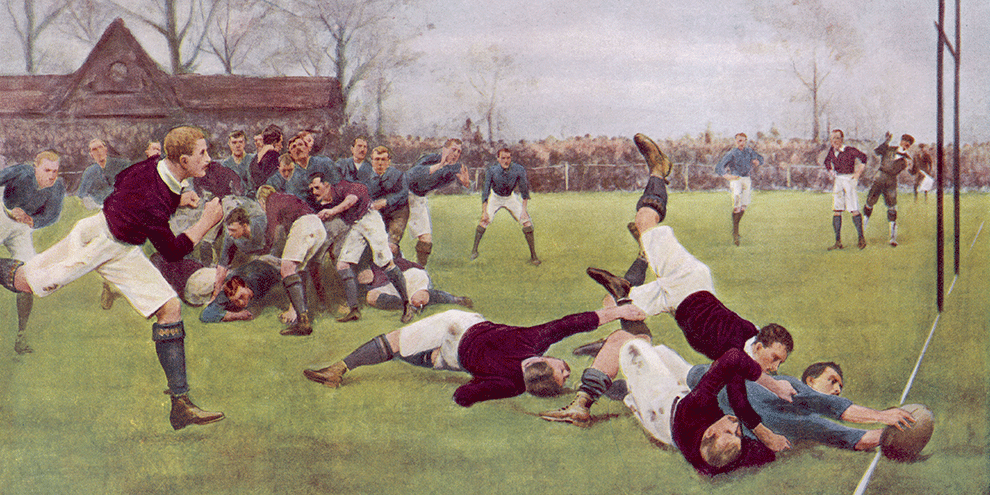Blog

What is missing in the modern game of rugby.
When we analyze the way the game is played we judge it on criteria, the principles that are at its core that give the game it’s unique character.
What are the principles of play?
These principles are the contest for possession at set plays and in general play. Secondly attack by going forward to score. Thirdly to stop the attack by defending and attempting to regain possession of the ball.
The character of these three creates a range of ability that make up the players in a team who perform the related components making for a multi-faceted game creating opportunities for a range of players. And, of course rewards for playing the game well within the other principles and penalties for playing outside the principles, more likely the Laws.
It is up to the Laws to ensure the principles are played to. The principles in the Law book are behavioral and, I hope, have wider applications to all sport and to life itself.
The erosion in the contest for possession...
When I was Director of Development for the IRB we held an annual conference to scrutinize the mode of play and to ensure the game met it’s unique character within these principles.
It is my view that the game is continuing to lose this character, the root cause of which is the erosion in the contest of possession and the elimination of the related skills. The erosion in the contest for possession implies the fact that one team retains possession for long periods of time. They do so because their opponent’s performance has made them aware of the futility of contesting the ball in all phases of play.
I decided to put this to the test and I quickly became aware of the futility, something any analysts of the game already knew.
The case study game I used was the Super Rugby Ao Tea Roa final game between the Highlanders and the Hurricanes. Bear in mind this is not a criticism of the teams however, by their mode of play both came close to rugby league.
The only difference is the increase in the play of the ball, as voluntary as it might be. Three quarters of my time watching my rough stats were that scrums were regained by the team winning the ball. This is not to be expected if the contest for possession was not the number one principle and if the Law didn’t encourage competition for the ball. But this involved only 16 contests so who cares? I do, because the non- infringing team won all the ball and their options were not limited.
When I opted out, around the 70th minute there had been 5 line-outs, 3 won by the throwing team and 1 of these resulted in a rolling maul try. Here the problem is not the lack of competition but the lack of need to select line-out players as their skills are not needed.
You will know what follows?
Things once called rucks made up of teams bound as a scrum, perhaps not in the same position but bound and driving against each other competing for the ball, don’t exist. The attacking team, the team in possession, in this game, sought the safety of the tackle supported by 1-2 attacking players.
I say “safety” because the Laws and their management will rule in the attacking teams favour and the defence, while they are welcome to try, would rather over-populate the defence line.
This usually means that the defence allows the attack to play from the post tackle in which there can be so few defensive players at the post tackle that they don’t constitute a ruck but it is ruled as a ruck. We can even get a situation in which 2-3 attacking players are bridging over the ball and there are no defending players involved meaning there are 15 in defence and 12 or less attacking creating a numerical miss-match.
I am trying to figure out what the options could be in the war of attrition for each team.
Should things change the defence could (should) bind at the ruck and drive the attack off the ball and regain possession. Currently the hope must be a defence line who outnumber the attack, to stand flat, slow down the recycle, allow the defence line to take a chance in an outside-in defence and a “gang tackle” on the ball carrier. The defensive pressure that can be applied leads to minor infringements being the means of a turnover with advantage being played, free kicks or scrums being called by the ref – the “reward” for the defence.
Faced with this defence the attack uses 1-3 ball carriers to “crash” the gain line from the tackled ball, running at a defender to get over the gain line to build momentum from successive post tackles.
The interesting thing that arises should the game continue as it is at present is that we will get more of the same.
